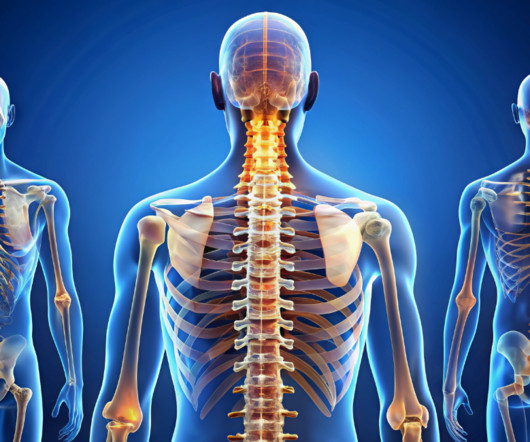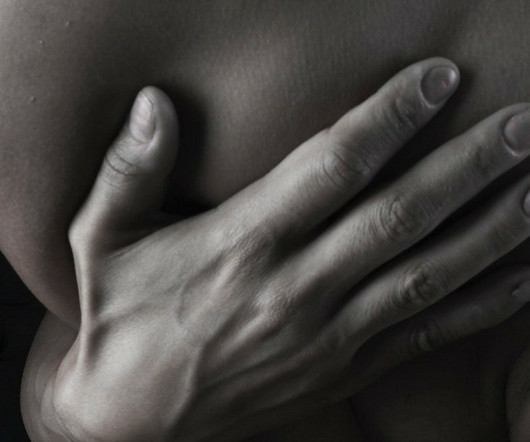A comprehensive guide to attaining spinal stability
Chiropractic Economics
MARCH 21, 2025
Spinal stability is a cornerstone of musculoskeletal health and functional movement. Anatomy and biomechanics of spinal stability Stabilizing subsystems Passive subsystem Comprises vertebrae, intervertebral discs, ligaments and joint capsules. Provides structural support and acts as a passive restraint against excessive movement.











Let's personalize your content